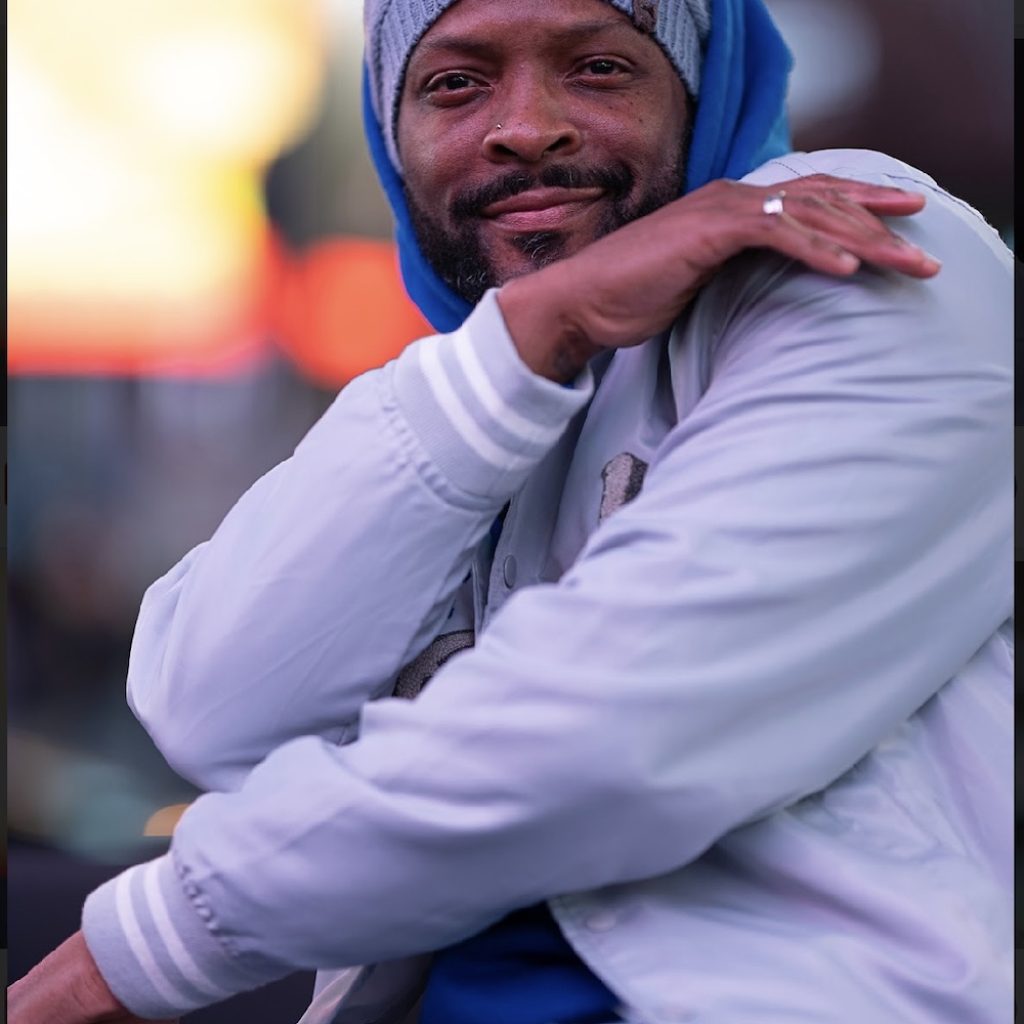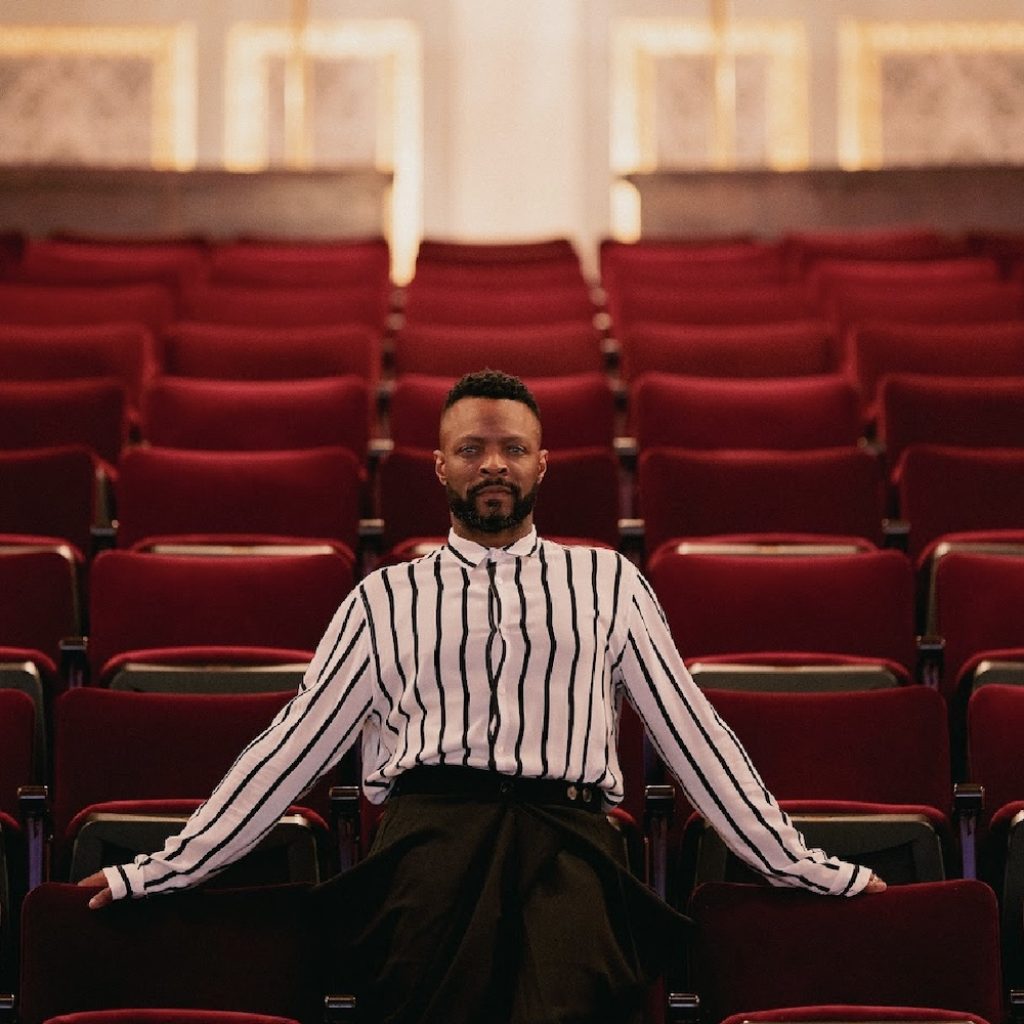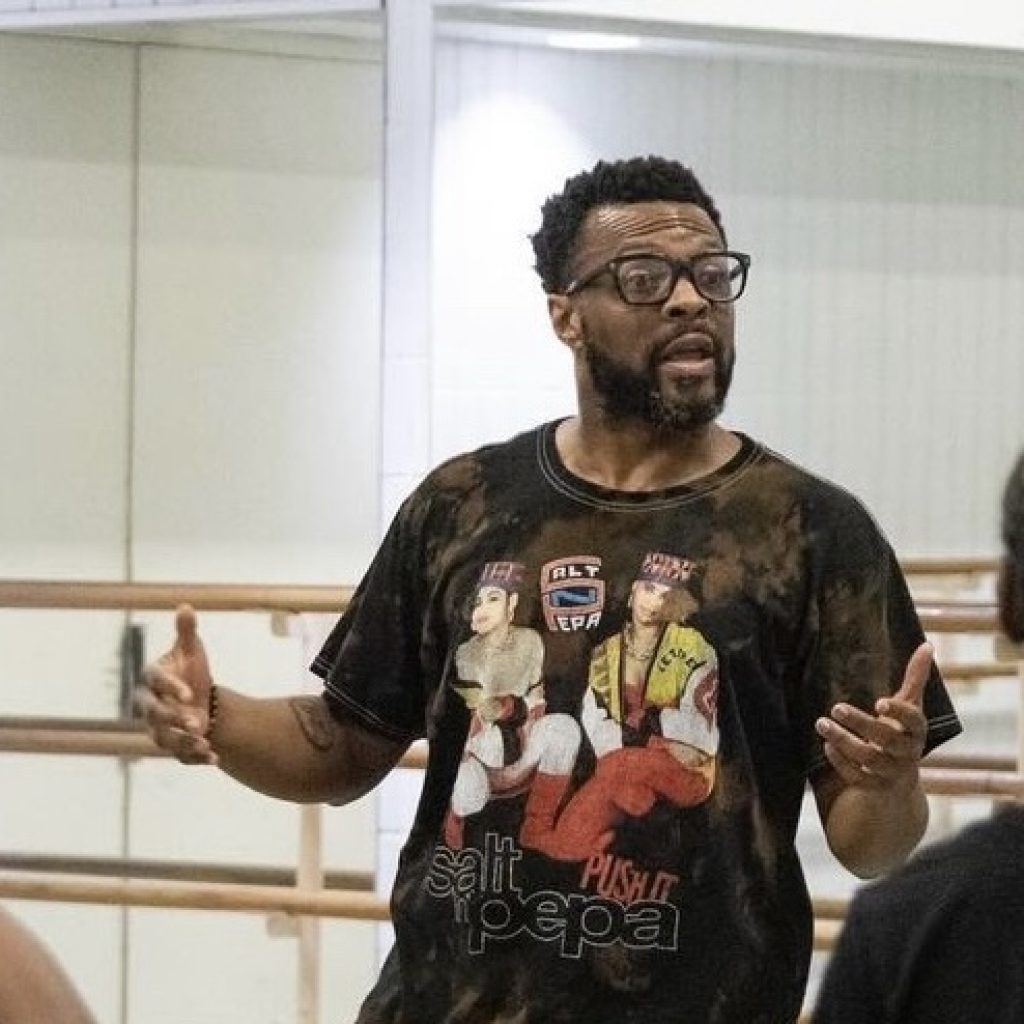Rickey Tripp didn’t make it to the Nice White Means after being a trophy-touting competitors child or studio darling; “I’d watch my idols, like Janet Jackson….and I didn’t understand it, however I used to be learning,” he says. But, make it to Broadway he has. From Within the Heights to Choir Boy to Hamilton, Tripp has made his mark as a robust performer.
Now he’s gearing up for his first Broadway mission as Lead Choreographer – A Fantastic World: The Louis Armstrong Musical, a brand new musical drawing from the legacy of jazz legend Louis Armstrong. It is going to discover varied components of Armstrong’s life and work, the place he refined his distinctive voice as a musician — from gritty dives in New Orleans, to stylish New York Metropolis jazz golf equipment, to Hollywood musical units.
Tony Award Winner James Monroe Iglehart will star as Louis Armstrong, and Christopher Renshaw is on the helm as director. E-book is from Aurin Squire, and Renshaw together with Andrew Delaplaine conceived the mission. The present will formally open on November 11, at Studio 54 in NYC. Previews start in October.
Dance Informa speaks with Tripp about what led him to this mission, how he’s fascinated by it at this early stage of the method, and what he can envision for himself after it. He presents a singular mix of thoughtfulness, ardour and light-heartedness; readers, you’re in for a deal with!
A vibrant and different background
On the subject of dance artists, Tripp isn’t alone in having a multifaceted resume: stuffed with instructing, performing, choreography and extra. However, he brings a compelling perspective in relation to approaching these separate – if associated – crafts. With creating and performing, he leads with the trustworthy humanity at hand. “It’s a must to perceive the intention for it to really feel genuine and natural,” he affirms.
To Tripp, creating and performing differ in a key approach, nevertheless. Choreography requires bringing many alternative experiences into one cohesive entity. Performing comes primarily from one perspective, he says – specifically, the performer’s. To the previous, additionally coming into play is “filling and shifting by way of house,” and the way the context of house impacts the work at hand, what’s expressed in and thru that. All of that fascinates him, he says.
That every one creates nearly infinite risk – and loads of the work from there may be scaling again, Tripp believes. Play can information all of it. Like kids who play and alter the principles because it fits them, we will do the identical as we create, he agrees. He quotes Playwright/Director Robert O’Hara: “I don’t know the principles, so I can’t break them!”
Tripp says that although he hasn’t been in a position to train as a lot just lately, resulting from being busy with quite a few different initiatives, he loves instructing. Earlier than working within the dance trade, he was on a path to work in pediatrics. One can definitely see an affinity with kids/youth there. “I need to assist construct up the subsequent era of artists….the subsequent eras…by way of instructing, mentoring, et cetera. The extra , the extra you need to share,” Tripp says.
Broadway recollections
Requested about a few of his favourite Broadway experiences and recollections, he laughs and says he will get that query usually – and, in fact, it’s a difficult one. In The Heights (2008) is particular to him as his Broadway debut, “what I dreamed about,” he says. “I actually believed in it and beloved the individuals I labored with.” Motown: The Musical (2013) centered “the music I used to be raised on…I didn’t know that may encourage me, however Camille A. Brown helped me see that it did,” he shares.
With Hamilton (2015), he was again with the “dream workforce” – Lin-Manuel Miranda and co. – and at his “residence theater,” the Richard Rodgers Theater, he says. In flip, Choir Boy (2019) led him again to working with Camille A. Brown, of whom he speaks with utmost admiration. “That was the primary time I actually noticed myself onstage,” he shares: a narrative like his personal embodied, sung, captured.
“All [of that] has been impactful and galvanizing. Now I’m on the apex of all of it, all of these individuals and experiences….and I attempt to do not forget that each second,” Tripp says – with due satisfaction and gratitude in his voice. “It’s my calling and my objective.”
A Fantastic World: Embarking on a Broadway mission
The truth that he’s starting the method for his Lead Choreographer credit score on Broadway – “it hasn’t even sunk in but,” Tripp says. For now, he’s full-steam forward on the work itself — on making one thing that “satisfies” him and that he may be pleased with. On the identical time, he notes, “it isn’t misplaced on me that I’m a Black man on this enterprise and may not have as many alternatives as my counterparts. There may not be one other likelihood like this once more.”
He’s presently within the analysis stage of that work, and “nonetheless studying a lot” about Louis Armstrong — about his work, his life, who he was and past. “I didn’t know that he had 4 wives,” Tripp explains, “and I’m taken with these totally different phases and the way these individuals impacted him.” Armstrong additionally beloved dancers and dealing with dancers, Tripp provides. “He would watch dancers, and bend and articulate his notes accordingly – improvising together with them.”
That’s call-and-response, which is vital to Black tradition and African Diasporic creation, Tripp reminds us. Additionally inherent in that custom are polyrhythms, different textures in music and motion. Tripp is happy to work with all of these layers, and he hopes that viewers members can “see” all of that within the motion. Greater than that, he needs to contain viewers members in that call-and-response, and within the broader expertise – moderately than them sitting again and being totally passive.
Who Armstrong was and what he did outdoors of his music additionally entices Tripp. “He was an activist,” Tripp affirms. “He spoke up about what he didn’t assume was proper and what guidelines he didn’t assume apply.” Armstrong additionally had his hand in different components of artmaking, which Tripp additionally finds inspiring. The musical legend was additionally “only a nice man, a joker and a cool dude,” Tripp says with a smile. “You might really feel his humanity, and folks needed to be round him.”
All in all, the rubber will actually meet the highway when he begins working with dancers, Tripp says. “That’ll actually inform how I form this factor…and dancers will know that they’re a part of its DNA. It’s about group, and everybody getting to precise their voice. That was necessary to [Armstrong] as effectively.”
Ahead from right here
Tripp is immersed sufficient on this mission that it’s a bit troublesome to see past it. But, there are issues he can see, hope for and work for. He’d like to dive deeper into movie and tv work, in addition to appearing as a inventive director, for instance. He’s dedicated to instructing and in any other case guiding younger artists, as famous. “I thrive on selection, I’m inquisitive about life,” he says – so it’s not stunning that his profession might go in many alternative instructions from right here.
“Theater is my residence base, however I’ve discovered that I’ve issues to supply that have been there earlier than any of that began,” Tripp shares. On the identical time, he’s open to the completely sudden. “I’m nonetheless discovering my choreographic voice, and what’s true as we speak may not be true tomorrow,” he affirms. One factor he’s fairly certain of, nevertheless, is that he’ll keep true to him. He as soon as heard the steerage of “be who you’re in each room” – and he’s sticking with that.
Go right here to be taught extra about A Fantastic World: The Louis Armstrong Musical, now in growth.
By Kathryn Boland of Dance Informa.






